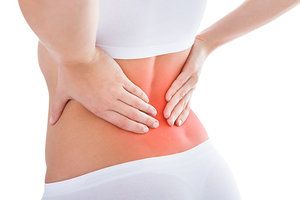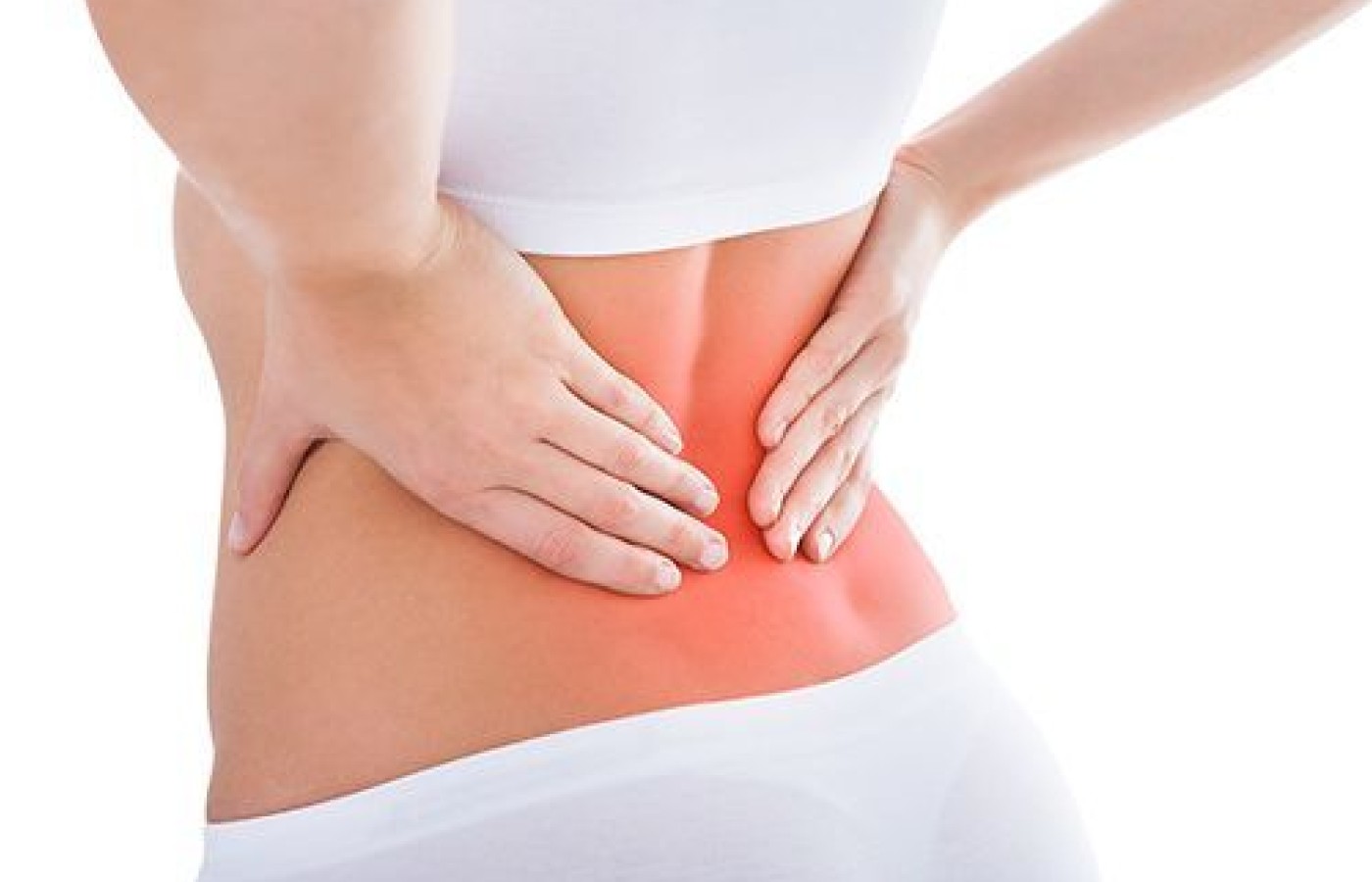Whether you accept it, avoid it or live somewhere in between, insurance coverage has become a defining issue for our profession. Patients increasingly expect to use their benefits, practitioners want to be compensated fairly for their time and expertise, and the system itself remains – at best – fragmented. The encouraging news is that coverage has expanded in meaningful ways. The challenging news is that reimbursement, across the board, remains inadequate.
A Better Way to Treat Back Pain
Eight out of 10 people will experience back pain at some point in their life.1 Lower back injuries are seen in patients who are sedentary or athletic or even those whose jobs require no sitting at all, including 37 percent of school-aged children.1 It almost seems like whatever we do, we're destined to feel lower back pain and this not only affects patients but also the economy and our health system. Statistically lower back pain is:
- A problem for 31 million Americans.1
- The leading cause of job absenteeism.2
- The second most common reason for doctor visits (after upper respiratory tract infections.3
- The number one cause of disability worldwide, costing at least $60 billion per year.4
The numbers are alarming, to say the least, but with our medicine, we have the solution. We can reduce these trends and we can make a positive change in people's lives. A frustrating issue I faced before and immediately after acupuncture school (and I think many of you might agree regardless of which school you attended) is the lack of optimal training in such a common, debilitating problem like back pain.

In my experience, I was taught different treatment protocols from different professors and each had their own theory as to why their protocol was best. After experimenting in my school clinic and later in my practice, the results were never constant.
The Learning Curve
One protocol worked great with one patient and had zero results with another. Sometimes, the protocol I used on day one didn't work on the same patient during their follow-up treatments. This left me confused and I found myself hoping my treatment would work. As you can imagine, my confidence was extremely low and my patients could feel it. Once they have even a hint that you're not confident, your patients will begin to move on.
Over the ensuing years, I took as many continuing education courses as I could and read research and all the books I could get my hands on in the name of finding out what works and consistently gets great clinical results. This journey inspired me to come up with a systematic plan that can be applied very easily to any patient experiencing lower back pain. Ever since I found and fine tuned this system, I've noticed outstanding clinical outcomes that have made me the "go-to" acupuncturist in my community.
Assess & Treat the Dysfunction
The goal here is to detect what's contributing to the lower back pain and/or what's preventing it from fully healing. Dysfunction causes abnormal distribution of forces in the body, adding unnecessary pressure on areas (such as the lower back). This causes acute or chronic injuries. According to Dr. Anthony Lombardi, creator of the "Exstore MusculoSkeletal Assessment" system (something I use in my office), if we address the area of dysfunction, we'll get better results faster.
Specifically for lower back pain, we'd want to perform a manual muscle test of the hip girdle muscles and note if any muscles present with weakness. The weakness is the muscle not firing, thus causing abnormal movement and pressure to the site of injury and this could be the reason an injury occurs in the first place. Once we detect the muscle(s) that are weak, we can then perform electroacupuncture on that muscle(s) to restore proper movement. This will also help restore proper function and allow our "local" treatment to be more effective.5
Treating the Area of Pain
After addressing and correcting the area of dysfunction, it then makes sense to treat the area of injury/pain. Here we can apply our "typical" treatment that we learn briefly in school, such as BL10, BL40, BL60, BL23, BL25, BL52, DU4, etc. I like using electroacupuncture because I believe it amplifies the treatment and my patients get better results (of course, if it applicable and appropriate for the patient).
After performing acupuncture, I always integrate some type of secondary TCM modality to enhance results. I've found this approach truly sets me apart from other providers in my area who only perform acupuncture and nothing further. In the patient's eyes, I'm doing everything in my power and knowledge to help them recover (which I am) and they appreciate that even if they have to pay a little extra. Here's how I use secondary modalities:
- First session: TuiNa is performed during the first session for several reasons and the most important one is that I can take note of the tissue change after acupuncture. I'll be able to feel if the fascia loosened up, if muscles are less hypertonic, and if the patient is experiencing different sensations. Plus, everyone likes a little massage—especially when they are in pain.
- Second session: GuaSha is performed on the area of pain for two main reasons:
a) GuaSha increases the profusion to injured tissues, flooding the area with fresh blood, oxygen, and nutrients our bodies need to heal.
b) The increase profusion will also flush out any agents from the area that cause chemical inflammation. - Third session: Cupping is performed after the "GuaSha session" to detox the injured/painful tissue more effectively. I believe that if an area has less scar tissue, it's easier to detox the hypertonic muscles that have accumulated lactic acid and other waste products.6
By simply following a system that makes sense, you too can effectively treat lower back pain efficiently and effectively and make a dent in the statistics listed above.
References
- Rubin DI. "Epidemiology and Risk Factors for Spine." Neurol Clin, May 25 2007;(2):353-71.
- Vallfors B. "Acute, Subacute and Chronic Low Back Pain: Clinical Symptoms, Absenteeism and Working Environment." Scan J Rehab Med Suppl, 1985;11:1-98.
- Jensen M, Brant-Zawadzki M, et al. "Magnetic Resonance Imaging of the Lumbar Spine in People Without Back Pain." N Engl Med 1994; 331:69-116.
- Cleveland Clinic. "The Basics of Back Pain." Cleveland Clinic, 2016.
- Lombardi A. "Exstore MusculoSkeletal Assessment System." PositiveHealth.com, 2013.
- Boules, D. "The Oak Point Method: The A.R.T. of Treating Pain & Creating a Successful Practice, 1st Edition." Astoria:Oak Point Publishing, 2016.



